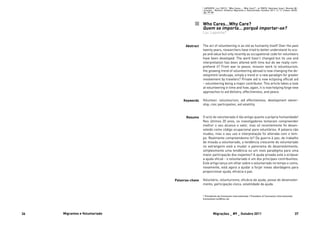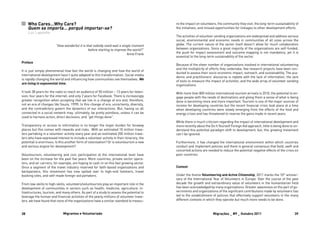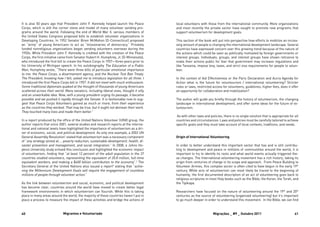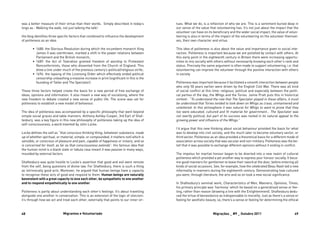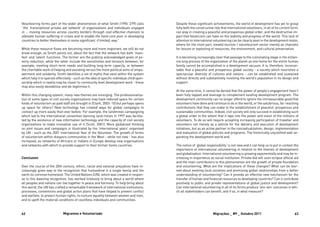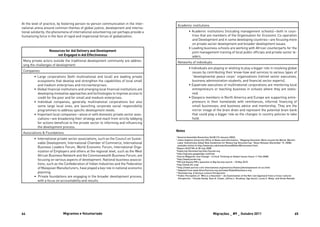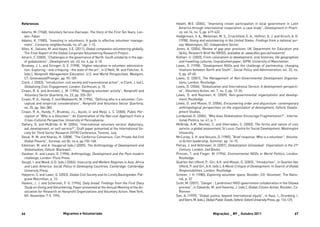Volunteering has a long history but is now changing the landscape of international development in several ways. With an estimated 10 million travelers volunteering abroad each year, voluntourism has become a major industry. However, there is no standard for measuring its impact on communities or volunteers. While voluntourism provides benefits, it is important to understand how it may be shifting paradigms and relationships in development and address issues like sustainability and collaboration between organizations. The growth of voluntourism is occurring alongside debates around the effectiveness of international aid and new approaches like Do-It-Yourself foreign aid.
